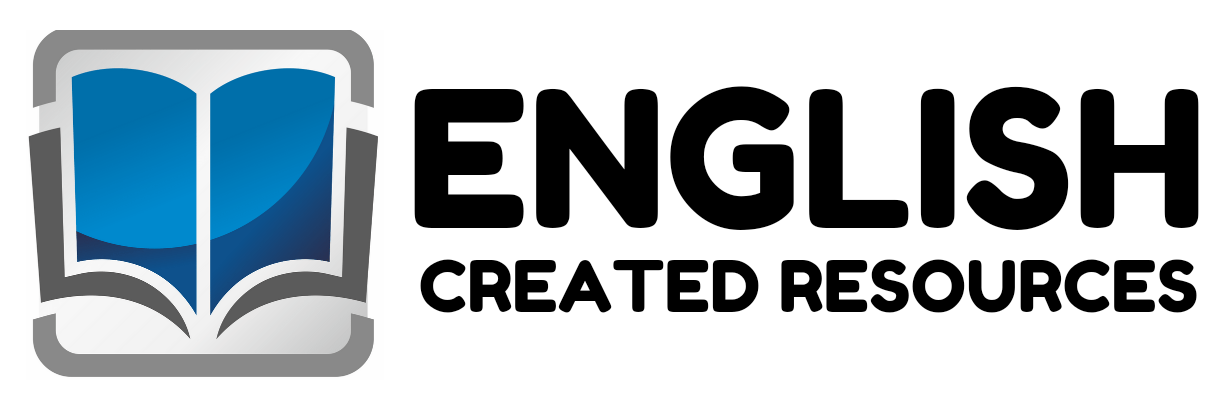Beginning Sounds Find And Color

Beginning Sounds Find And Color
Early childhood is a critical period for cognitive, language, and literacy development. During the preschool years, children begin to acquire foundational skills that set the stage for future reading, writing, and communication success. Among these early literacy skills, phonemic awareness—the ability to hear, identify, and manipulate individual sounds (phonemes) in spoken words—is essential. One highly effective and engaging way to develop this skill is through “Find and Color Beginning Sounds” activities. These activities not only support early literacy development but also promote cognitive, motor, and sensory growth in a fun and accessible way.
This essay explores the importance of “Find and Color Beginning Sounds” activities for preschool children. It highlights how these activities foster phonemic awareness, support pre-reading skills, engage fine motor development, encourage active learning, and build a foundation for lifelong literacy.
1. Phonemic Awareness and Literacy Foundations
The most important reason to introduce beginning sounds activities in preschool is to help children develop phonemic awareness. Phonemic awareness is the understanding that words are made up of individual sounds. For example, the word “cat” is made up of the sounds /k/, /a/, and /t/. Before children can read, they must first become aware of these sounds and how they work together to form words.
In a “Find and Color Beginning Sounds” activity, children are presented with a letter and asked to find pictures of objects that begin with that sound. For example, for the letter “B,” they may color a picture of a ball, a banana, and a bird. This helps them to:
- Identify the initial sound in words
- Associate letters with sounds
- Begin to decode words
- Recognize the relationship between spoken and written language
By repeatedly practicing with these types of activities, children become familiar with the sounds of language, which is a key predictor of later reading success.
2. Strengthening Vocabulary and Oral Language Skills
While finding and coloring pictures that begin with a particular sound, children are exposed to new words and concepts. This process naturally expands their vocabulary. Teachers or parents can engage children in conversations about each picture, asking questions such as:
- “What is this?”
- “Can you think of another word that starts with the same sound?”
- “What sound does this word begin with?”
This dialogue enhances oral language development, which is strongly linked to reading comprehension. The richer a child’s vocabulary, the better they will understand the texts they encounter later on. These activities create an opportunity to introduce children to new, meaningful words in a memorable context.
3. Encouraging Active and Engaged Learning
Preschoolers learn best through hands-on, engaging activities. “Find and Color” tasks are interactive and enjoyable, which motivates children to participate and learn. Unlike passive learning, this type of activity requires children to:
- Look carefully at pictures
- Listen to the beginning sounds
- Decide which images begin with a particular letter sound
- Color only the correct items
This active involvement helps to reinforce learning and improve memory retention. When children are engaged in a task that is fun and playful, they are more likely to persist, focus, and internalize the concepts being taught.
4. Fine Motor Skill Development
In addition to supporting cognitive and language skills, “Find and Color” activities play a vital role in developing fine motor skills. Coloring within lines, grasping crayons, and controlling hand movements help children build the muscles they need for writing.
These skills are crucial in preschool, as they prepare children for tasks such as:
- Holding a pencil properly
- Writing letters and numbers
- Cutting with scissors
- Tracing and drawing
By combining phonemic awareness tasks with coloring, educators offer children a multisensory learning experience that supports both academic and physical development.
5. Supporting Individual Learning Styles
Every child learns differently. Some children are visual learners, others are auditory, and many learn best through tactile or kinesthetic experiences. “Find and Color Beginning Sounds” activities appeal to multiple learning styles:
- Visual learners benefit from seeing the pictures and letters
- Auditory learners connect sounds with words spoken aloud
- Kinesthetic learners engage with the physical act of coloring
Because these activities address multiple senses, they offer a well-rounded learning experience that can reach a broader range of children. This inclusive approach ensures that no child is left behind due to differences in learning preferences or abilities.
6. Building Confidence and Independence
Preschoolers thrive when they feel successful. “Find and Color Beginning Sounds” activities are often designed to be age-appropriate and achievable, allowing children to experience success. Completing the activity gives children a sense of accomplishment and boosts their confidence.
As children become more familiar with letter sounds and develop their skills, they begin to take greater ownership of their learning. They may start to recognize beginning sounds in their everyday environment, such as on signs, in books, or during conversations. This independence is an important step toward becoming confident, capable readers.
These activities are not limited to the classroom—they are also ideal for use at home. Parents can easily print or purchase “Find and Color” worksheets to do with their children. This home involvement reinforces classroom learning and allows families to be active participants in their child’s education.
When parents engage in beginning sound activities, they gain insight into their child’s abilities and progress. This strengthens the home-school connection and creates a supportive learning environment that extends beyond the classroom.
Beginning Sounds Find And Color
Samples From the Activities














I would love the materials, but do not want down load any app to print them. I would rather just save the PDF.
Hello. you can save on your Google Drive and download it from there .